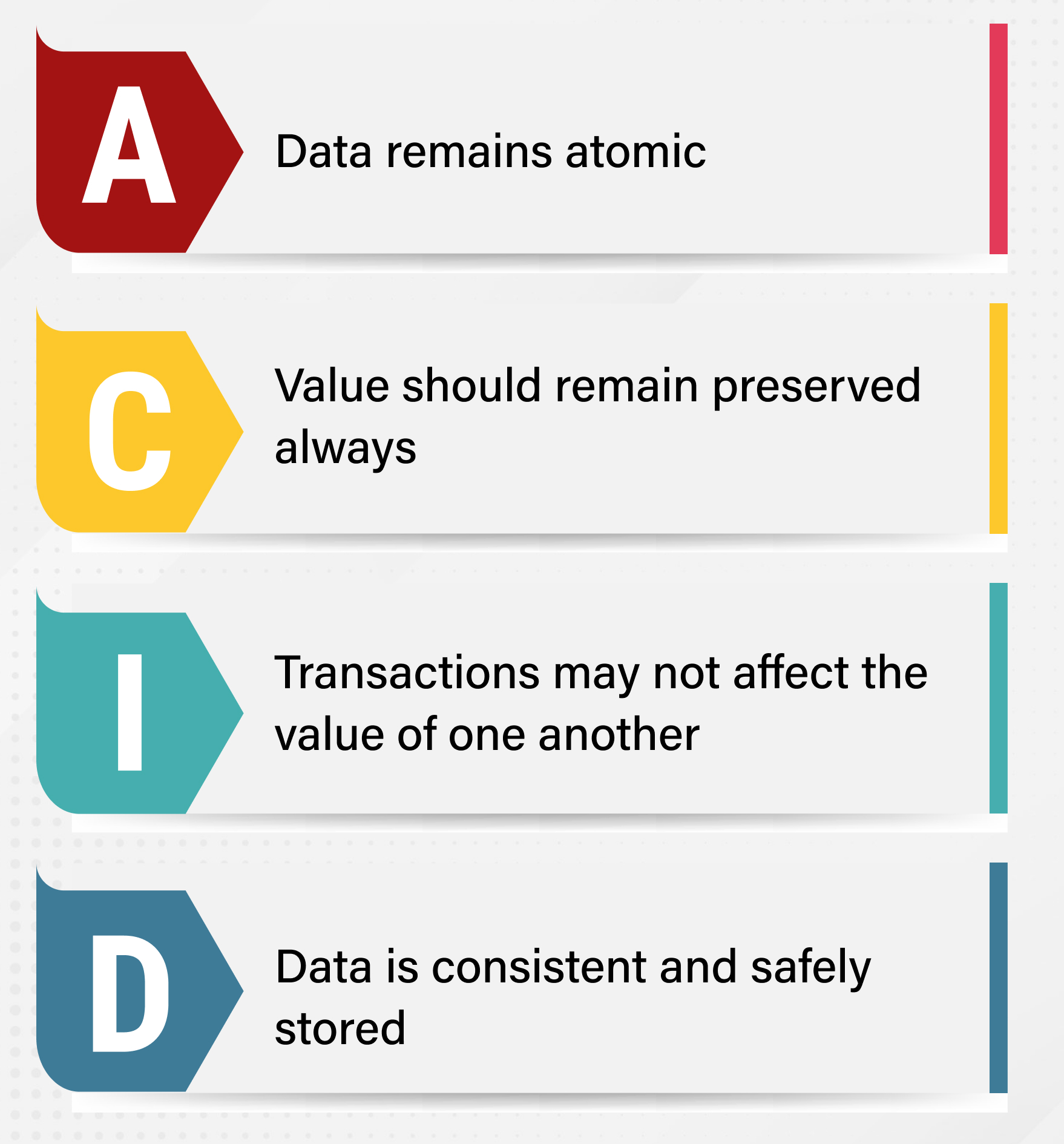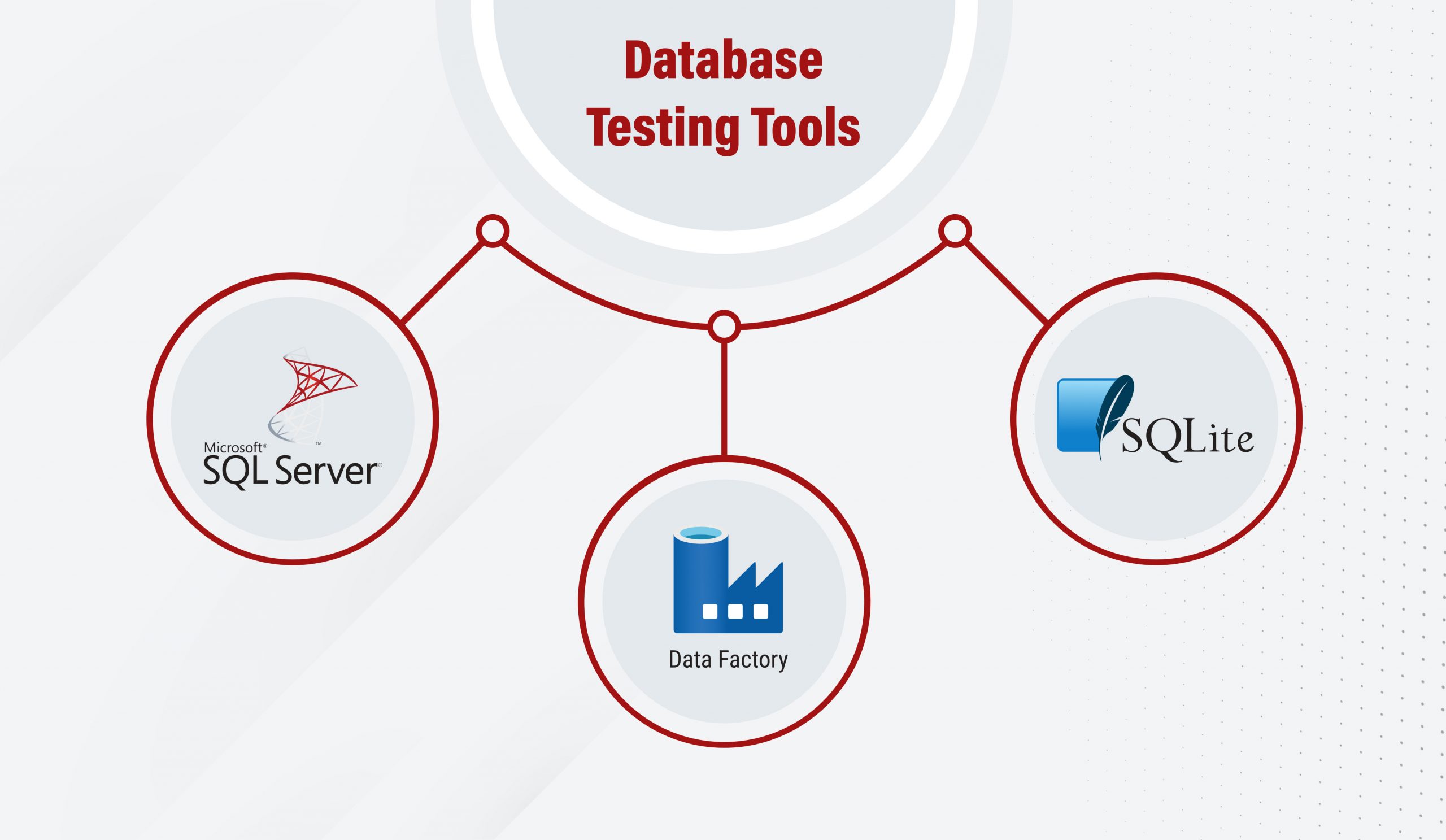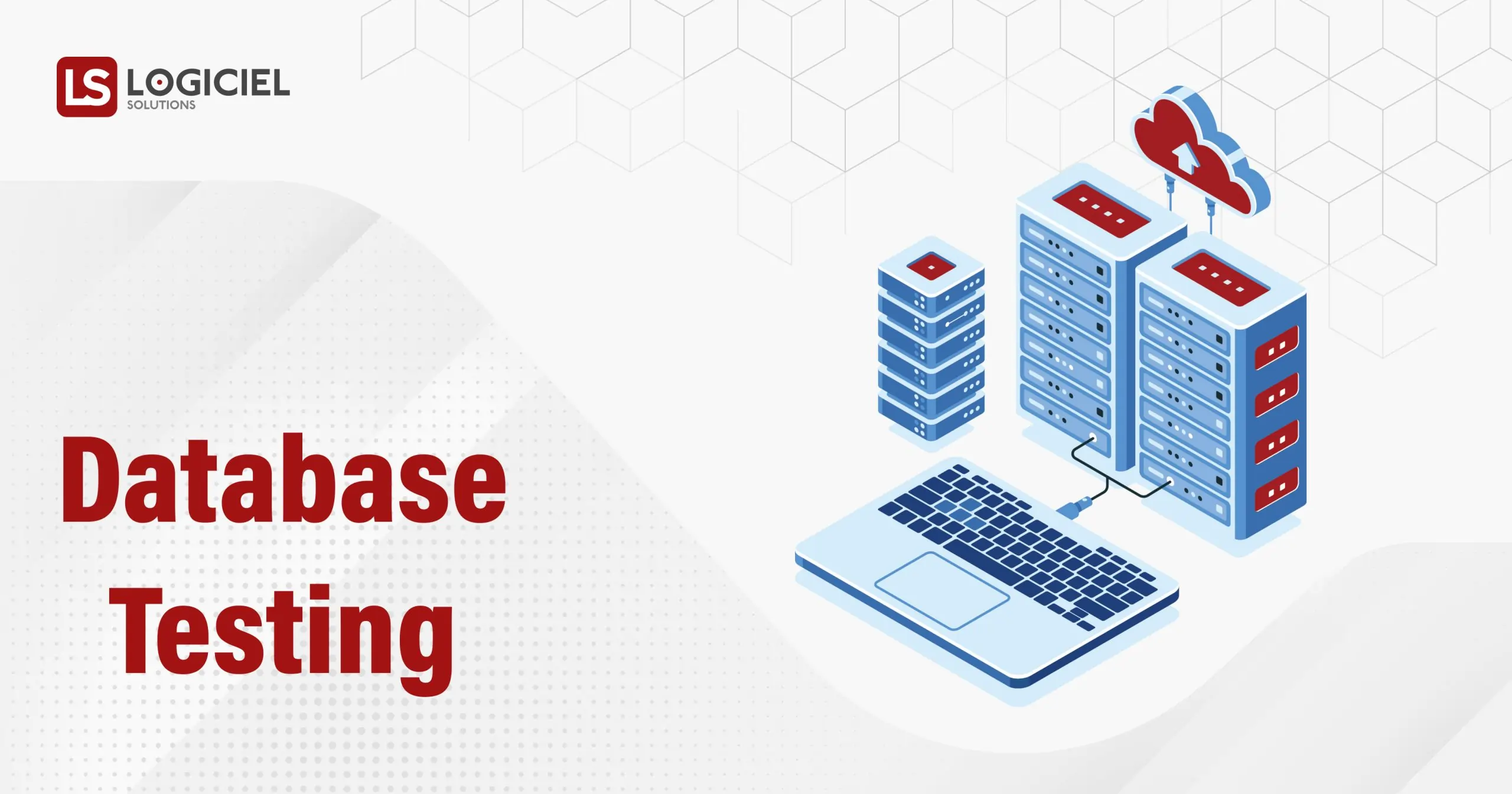These days, computer applications are more complex and widely used on multiple platforms, whether on Android or iOS. You need every application on your device, and you want it to work smoothly. Many times, these applications or software respond differently and not as per your requirements which can be very disappointing.
If your application is not doing great on the front end, it is definitely not doing so well on the back end either. So, database testing comes into play here. Data testing is the process of testing software from various angles, like triggers, schema, tables, consistency, data integrity, etc. Therefore, it is important to go through a database testing process.
In this guide, I will take you through every important aspect of database testing right from the very beginning.
Why is database testing important in computer science?
Database testing is the soul of back-end testing. Whether it is from Windows applications to Android or from startups to enterprises, database testing ensures that every stored and received piece of information is valid and true. It is also important in many other ways to check for unauthorized data access, data loss, and aborted transaction data. A tester can conduct database testing to check for criticalities in any system.
Not only does database testing speed up the overall performance of the application but also safeguards against bugs and issues that may arise during various operational flows. Database testing is a revolutionary change in the software industry as it makes a product’s life cycle smooth by addressing the shortcomings first.
Let’s assume a trading application is recently launched. Users typically will have high expectations regarding security. Here are some of the primary indicators that users will seek in such an application:
- The security of the data that is in the translation data feed of the application.
- The information should be easily available or retrieved if lost accidentally.
- No confidential information is saved or appears in bold on the interface to avoid app breaching.
- No more critical information is sent or saved to the user’s end.
To cross-verify these success pointers in your application, database testing is vital. Other than these benefits, some of the following aspects are very important to validate in Database testing.

1. Data Mapping
When using any application it is seen that data often rolls back and forth from the UI to the back-end database creating a reciprocal exchange. Some of the pointers that are checked at that time are:-
- A related CRUD (Create, Read, Update, and Delete) action is triggered at the back end of an application whenever a specific action is carried out at the front end. A tester must determine whether the appropriate action is invoked and whether the action that is invoked is successful or not.
- Verify that the matching fields in the DB table are consistently mapped to the fields in the UI/frontend forms.
2. Database ACID Properties Validation
ACID properties are the properties of a database that are used to validate data integrity and consistency in a database. The most common ACID properties are:

- Atomic: A transaction is either committed or aborted at the same point in time.
- Consistent: All changes made by one transaction are visible to other transactions.
- Isolated: An inter-transaction race condition cannot occur. For example, if two transactions modify the same row, one transaction must be executed before another transaction starts.
- Durable: Data remains available after a transaction is committed or rolled back; for example, an error rollback does not corrupt the data.
3. Data Integrity
Data integrity is important in database testing because it ensures that the data model is correct and consistent. If there are any inconsistencies, then there will be issues with the database. A good test suite should always verify the data integrity of the database model before testing any other aspects of the application.
The goal of data integrity testing (also known as data quality testing) is to ensure that the data stored in a database is correct and accurate in the backend and at the front end. This ensures that users will be able to use the information provided by a database accurately and effectively.
Types of database testing
There are three types of database testing
- Structural Testing
- Functional Testing
- Non-functional Testing
Let us explore each type of testing and its subtypes below.
1. Structural Database Testing
A database testing method called structural database testing verifies every component of a data repository that is primarily used for data storage and that end users are not permitted to directly change. As it deals with schema testing, table and columns, keys and indexes, triggers, and so on.
Schema Testing/ Mapping Testing
Schema testing verifies the database’s multiple schema formats and checks to see if the mapping formats for tables, views, and columns are compatible with the user interface. Schema testing is mostly used to make sure that the front-end and back-end schema mappings are similar. As a result, it is also known as “mapping testing”.
Stored procedures and views testings
Testing is essential to validate that manual execution of stored procedures and views produces the expected results. With this process, the tester checks for the below-mentioned keynotes:-
- When data is fetched from the necessary database tables, TRIM operations are properly implemented.
- Verification of the stored procedure modules’ overall integration with the application under the test’s requirements.
- Mechanisms for handling exceptions and errors are used.
The most often used tools for testing stored procedures include the SP Test tool, LINQ, etc.
Database Table and Column Testing
Table and column testing is the process of validating a database table or columns against a specified set of criteria.The data elements in a database table are stored in columns and rows. Each column stores a single value, while each row stores a group of related values that can be accessed by the application program. There can be multiple tables in a database, each table with its own set of columns and rows.
Trigger Analysis
When performing trigger testing, a tester must make sure of the following:
- whether the triggers’ coding phase adheres to the coding conventions.
- See if the triggers that were fired met the requirements.
- Whether, after being invoked, the trigger actually updates the data.
- Update/Insert/Delete trigger functionality with regard to the application under test is validated.
Keys and Indexes Testing
Keys and index testing is a type of database testing that determines whether or not the keys in a table are logical and valid. If a test fails, then the indexes must be rebuilt. This is done by replacing each index with its appropriate key. The difference between them is that indexes are located on tables and keys are located on columns.
Database Server Testing
Database server testing is done to check the performance and integrity of a database server. This type of testing is done in order to verify whether the data on the server is working properly or not.
Database server testing involves:
- Testing Web applications
- Testing client-side scripts
- Testing server-side scripts
- Testing client-server integration
Locks/Deadlocks
Deadlocks occur when two or more threads try to update records in a table at the same time; however, only one thread can execute at any given time. This leads to a situation where each thread is waiting for others to complete their operations before it can proceed with its own record update.
Deadlocks create bottlenecks in your application’s performance and cause long delays while waiting for other threads to finish their operations before they can proceed with their own operations.
2. Functional Testing
Function testing seeks to validate the correct operation of an application by testing its various components, such as its tables, stored procedures, and views. The goal is to ensure that every aspect of an application performs as expected, identifying any errors and bugs that might exist.
Black Box Testing
Black Box Testing involves the creation of test cases that are designed to exercise the complete functionality of the software. The tester then runs these test cases on the software, which may be a black box.
Manual testers typically create their own test cases by drawing upon their experience with similar systems, anticipating what should happen. However, this process can be quite time-consuming and demanding when executed meticulously.
White Box Testing
White box testing is the most common type of testing. This testing is commonly used in web applications, but it can also be used for other types of applications also. For example, you may use white box testing if you’re developing a mobile app that uses the same database as your desktop app does.
White box testing allows you to test your code without having access to the source code. This makes it easier to ensure that your application works as expected when it goes live in the market or even during the development stage when bugs may be found during the development stages.
3. Non-functional Testing
Non-functional testing includes all aspects of the software, including its design, architecture, implementation, and operation. Non-functional testing is often used to ensure that the database meets its business requirements and performs as expected.
Non-functional testing focuses on the behavior of an application rather than its underlying structure. For example, when you are making sure that a website works properly, you might ask yourself whether it loads quickly and if it displays images properly. Non-functional tests will focus on these things and many more.
Load Testing
Load testing is a method of simulating the load on a system under test. The goal of load testing is to determine how well your application responds to various loads. Load testing can be used to verify the performance and scalability of your application or infrastructure.
Stress Testing
Database stress testing is a method of testing that simulates the load placed on a database by actual users. This type of testing is often used to identify performance issues with databases and determine how well they can handle large amounts of data.
Which tools are used for database testing?
Database testing is a process to validate the database structure, data, and performance. It involves manual and automated testing, as well as data migration.
The following tools are used for database testing:

1. Data Factory
Data Factory is a test automation tool that lets you create, run and manage your tests. It is the most flexible and powerful test automation tool in its category. Data Factory has the ability to import databases into it and execute your scripts against those databases.
2. MS SQL Server
This tool is used in all databases and it is very easy to use. You just need to create a database and then you can create tables, views, etc. MS SQL offers a comprehensive range of features, from transaction processing to application analysis.
3. SQLite
SQLite is a self-contained, serverless, embedded relational database engine. It can be used to store and retrieve data in a variety of contexts. SQLite is an open-source software library that implements a small SQL database engine with no dependencies.
What are the disadvantages of database testing?
Database testing can be a difficult process to perform. The following are some of the disadvantages of database testing:
- The test data must be correct in order for it to be useful in testing. If there are errors in the test data, then it will not be possible to determine what is wrong with your application and how it can be fixed.
- It is very time-consuming. Database testing requires a lot of time because you need to ensure that each table has been created properly along with the corresponding columns. You also need to ensure that all the records have been inserted into their respective tables correctly and that they are valid (no duplicates).
- You may only sometimes know what type of data exists within your database or whether or not it needs to be tested at all. This could lead to unnecessary costs if you discover later that there were no issues after all!
- Another disadvantage is that if there are bugs in your application code, they can also cause issues with your database design. For example, if an error occurs during data creation or update operations on a table, this may cause other tables in the same schema to fail as well because they depend on the table whose data has been corrupted by the bug in the application code. This could lead to downtime for your website or server as well as loss of revenue.
Conclusion
Testing databases is a complex topic, and a skilled professional can have a significant impact on your organization. The right data tester will ensure you avoid potentially painful data corruption issues, costly downtime, and bad decisions based on bad data.
You may be an application owner that wants to ensure the efficiency of your database, or perhaps, you are a DBA and want to know more about the tests that developers are putting on your new database. Regardless of who you are or what your role is, databases will always need testing to make sure they are running properly.




